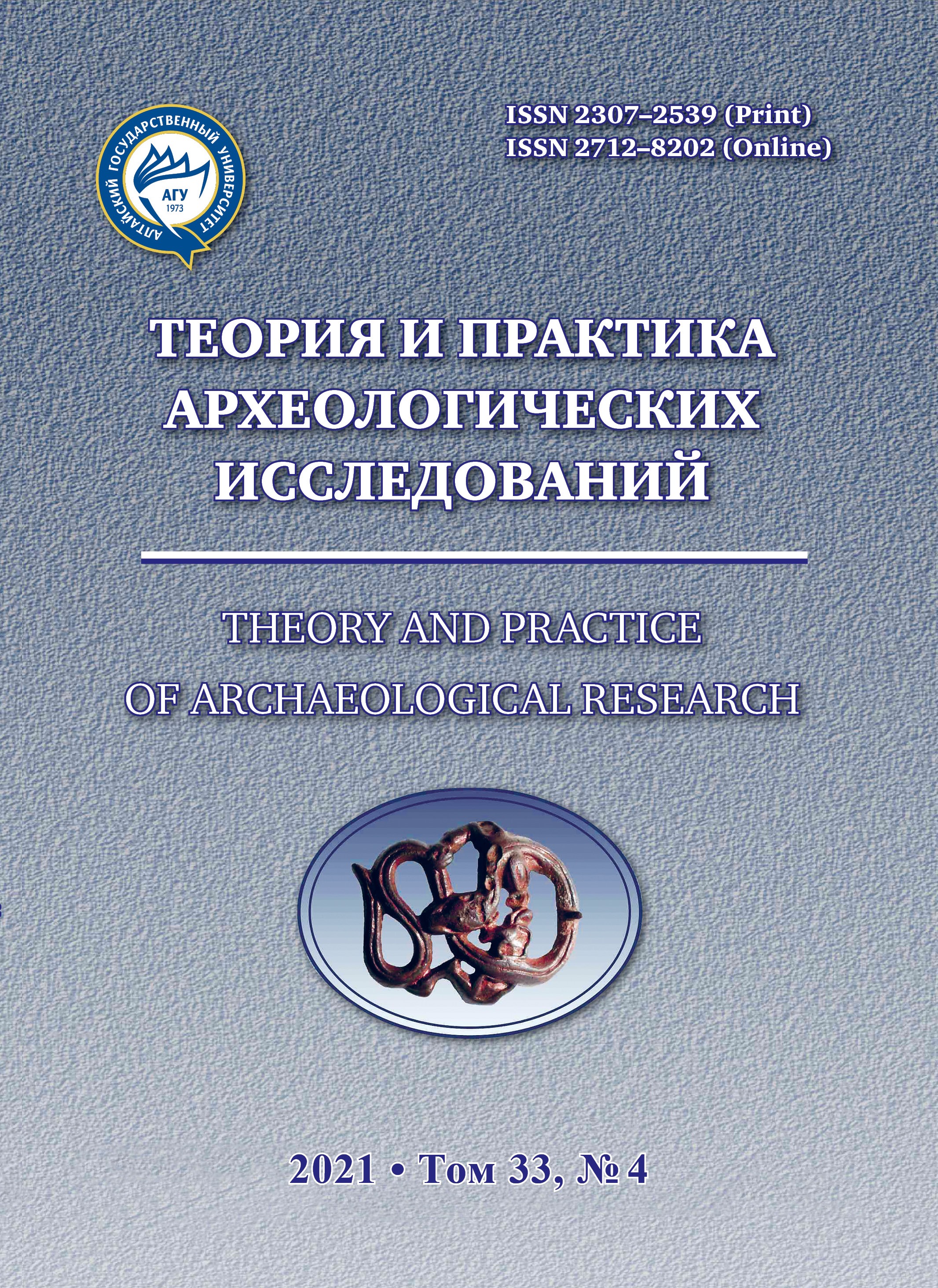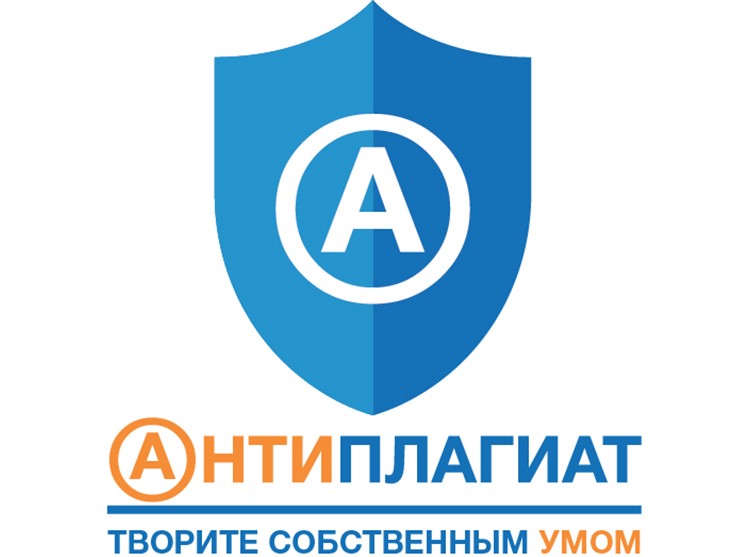Kashi Pottery from the Podymalovo-1 Settlement (based on the results of excavations in 2019)
Abstract
The article discusses the Kashin ceramics discovered during the excavations of the Podymalovo-1 settlement in 2019.The first classification of fragments of glazed dishes discovered at this settlement in 2017 was carried out by E.V. Kamaleev. The researcher was able to characterize 16 identified shards, on the basis of which he dated it to the end of the 13th - 14th centuries both as individual cultural strata and the studied complexes. In 2019, during the excavations carried out at the site, A.I. Tuzbekov managed to find 28 more fragments of Kashin dishes. Most of the dishes were heavily fragmented; they had lost their original appearance. However, using the classification developed by V.Yu. Kovalem for glazed ceramics, based on the principle of the primacy of the features of the function of ceramics and the technology of its production in comparison with the features of decor and morphology, the researcher was able to analyze the identified fragments, date individual layers and complexes to the middle — 2nd half of the 14th century and to draw a conclusion about the presence of trade relations of the inhabitants of the settlement with the large urban centers of the Volga region.
Downloads
Metrics
No metrics found.
References
Ahatov A.T., Bakhshiev I.I., Tuzbekov A.I., Kamaleev E.V. Podymalovo-1 Settlement in the Urals: a New Site of the Golden Horde Period in Bashkiria (preliminary results). Istoriya i pedagogika estestvoznaniya = History and Pedagogy of Natural Science. 2018;4:28–32. (In Russ.)
Bulatov N.M. Classification of Kashi Pottery of the Golden Horde cities. Sovetskaya arheologiya = Soviet Archaeology. 1968;4:95–109. (In Russ.)
Kamaleev E.V., Tuzbekov A.I. The Taptykovo Settelment: on the Interpretation of Archaeological Evidence. Istoriya i pedagogika estestvoznaniya = History and Pedagogy of Natural Science. 2019;4:51–54. (In Russ.) DOI:10.24411/2226-2296-2019-10411
Koval V.Yu. Ceramics of the East in Russia. The End of the 9th — 17th centuries). M. : Nauka, 2010. 270 p. (In Russ.)
Kubankin D.A., Kashnikova A.L., Lokis A.V., Shelepov D.A. To the Issue of the Kashin Pottery Manufacturing Technology and Specifics of its Production at the Selitrennoye Settlement. Arheologiya evrazijskih stepej = Archaeology of the Eurasian Steppes). 2018;4:93–97. (In Russ.)
Lisova N.F. The Ornament of Glazed Ware from the Golden Horde Cities in the Volga Region. Kazan’ : Institut istorii AN RT, 2012. 184 p. (Archaeology of the Eurasian steppes, №15). (In Russ.)
Tuzbekov A.I., Kamaleev E.V. The 13th–15th cc. Kashi Pottery from the Bashkir Urals. Problemy istorii, filologii, kultury = Journal of Historical, Philological and Cultural Studies. 2021;1:126–139. (In Russ.) DOI: 10.18503/1992-0431-2021-1-71-126-139
Fedorov-Davydov G.A. The Golden Horde Cities of the Volga Region. M. : Nauka, 1994. 232 p. (In Russ.)
Theory and Practice of Archaeological Research is a golden publisher, as we allow self-archiving, but most importantly we are fully transparent about your rights.
Authors may present and discuss their findings ahead of publication: at biological or scientific conferences, on preprint servers, in public databases, and in blogs, wikis, tweets, and other informal communication channels.
Theory and Practice of Archaeological Research allows authors to deposit manuscripts (currently under review or those for intended submission to ABS) in non-commercial, pre-print servers such as ArXiv.
Authors who publish with this journal agree to the following terms:
- Authors retain copyright and grant the journal right of first publication with the work simultaneously licensed under a Creative Commons Attribution License (CC BY 4.0) that allows others to share the work with an acknowledgement of the work's authorship and initial publication in this journal.
- Authors are able to enter into separate, additional contractual arrangements for the non-exclusive distribution of the journal's published version of the work (e.g., post it to an institutional repository or publish it in a book), with an acknowledgement of its initial publication in this journal.
- Authors are permitted and encouraged to post their work online (e.g., in institutional repositories or on their website) prior to and during the submission process, as it can lead to productive exchanges, as well as earlier and greater citation of published work (See The Effect of Open Access).








2.jpg)




